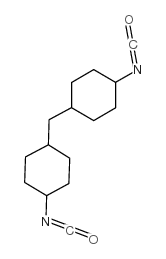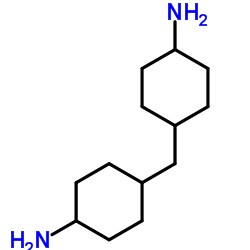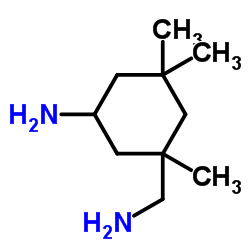| Structure | Name/CAS No. | Articles |
|---|---|---|
 |
Methylene-bis(4-cyclohexylisocyanate)
CAS:5124-30-1 |
|
 |
UNII:43B0856528
CAS:4098-71-9 |
|
 |
Bis(4-aminocyclohexyl)methane
CAS:1761-71-3 |
|
 |
Isophorone diamine
CAS:2855-13-2 |